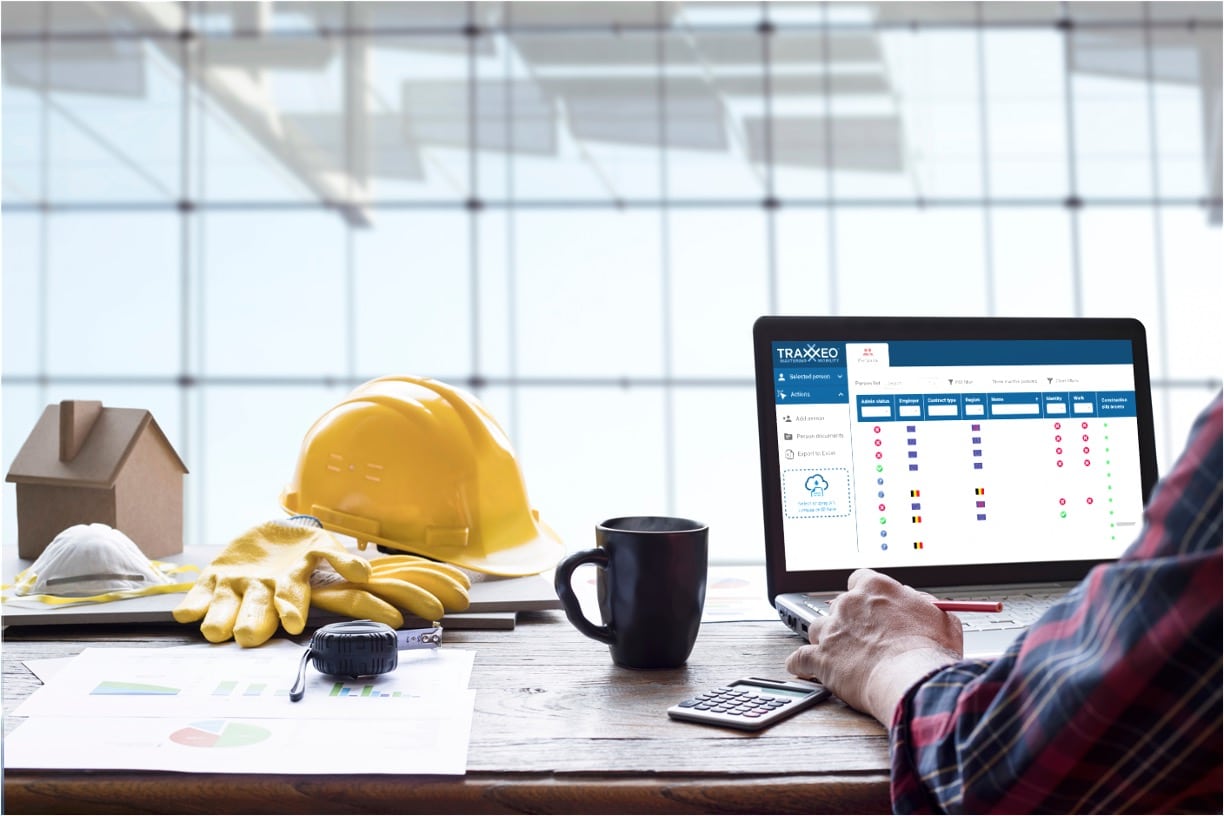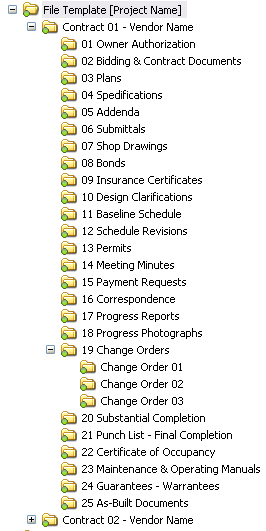Simplify Cooperation: The Power of Construction Document Management Solution
Wiki Article
Enhancing Operations Performance: Engineer's Specialist Approaches for Construction Record Monitoring
In the realm of architectural design and building, the precise administration of documents stands as a cornerstone for task success. These approaches not only make sure smooth job progression but additionally hold the crucial to opening improved efficiency and precision in the elaborate realm of construction record administration.Secret Paper Organization Techniques
When taking care of building files, among the crucial strategies that designers utilize is establishing a methodical and efficient organization system. This system commonly involves categorizing records based on their type, such as drawings, requirements, contracts, and allows. By producing clear and distinctive classifications, engineers can swiftly situate particular details when required, conserving time and minimizing mistakes in the building and construction process.Within each category, architects even more arrange papers by producing subfolders or using numbering systems to denote alterations or variations (construction document management). This hierarchical framework guarantees that one of the most current and appropriate info is quickly obtainable while maintaining a document of modifications made throughout the job timeline
Additionally, designers commonly utilize digital record monitoring systems that use features like keyword search features, version control, and access constraints to boost organization and cooperation amongst task stakeholders. These devices streamline the document retrieval procedure, promote real-time updates, and assist in seamless interaction, inevitably contributing to the total success of the building task.
Collaborative Platform Assimilation
To optimize record monitoring performance in building and construction jobs, designers seamlessly incorporate joint platforms to improve interaction and simplify coordination among project stakeholders. By leveraging joint platforms such as job monitoring software, cloud-based storage systems, and communication tools, engineers can create a central hub for all project-related papers and communication networks. These platforms permit employee to accessibility, review, and collaborate on papers in real-time, minimizing hold-ups and the threat of mistakes related to traditional file management approaches.Joint platform assimilation likewise cultivates transparency and responsibility within the job group, as all stakeholders have visibility right into the newest job updates and revisions. By streamlining communication and file sharing, designers can make sure that all employee are functioning from the most current info, lessening the possibilities of misunderstandings or problems emerging due to out-of-date records.
Additionally, joint platforms make it possible for smooth cooperation in between engineers, contractors, customers, and various other project stakeholders, advertising a much more efficient and cohesive project process. By damaging down interaction obstacles and assisting in information exchange, designers can drive efficiency and innovation in construction jobs, ultimately leading to effective job outcomes.
Version Control Best Practices
Implementing efficient version control practices is crucial for keeping document precision and uniformity in construction tasks. By establishing a clear system for taking care of modifications, project groups can make certain that everyone is functioning from the most up-to-date paperwork, reducing the danger of errors and inconsistencies during the construction stage.Among the vital finest techniques for variation control is to designate one-of-a-kind identifiers to each paper variation. This can be attained by utilizing a numbering system or date stamp that clearly shows the order of revisions. By clearly classifying each version, staff member can quickly track the development of the document and recognize the most current variation.

Automation Tools for Effectiveness

Document control software program, like Procore or PlanGrid, centralizes task documents, making it quickly available to all stakeholders. These systems enable real-time collaboration, version control, and automated backups, visit their website protecting versus information loss. Additionally, Structure Details Modeling (BIM) software automates the generation of building drawings and makes certain that adjustments are synchronized throughout all relevant papers.
Integrating automation devices with cloud storage services additionally improves ease of access and safety. By automating the record management process, task teams can focus their click now effort and time on value-adding tasks, ultimately improving performance and task end results.
Secure Information Administration Solutions
Properly taking care of and protecting task data is critical in the building and construction sector to guarantee privacy and stability throughout the task lifecycle. Architectural firms can use encrypted cloud storage space solutions to securely keep and share project papers with licensed employees.Furthermore, utilizing electronic rights monitoring (DRM) tools includes an extra layer of safety by avoiding the unapproved circulation or replication of task papers. Routine information back-ups are vital to alleviate the risk of data loss because of unexpected scenarios like hardware failings or cyber-attacks. Collective platforms with built-in safety functions make it possible for seamless communication and documents sharing amongst task team participants while keeping information honesty.
Final Thought
To conclude, implementing key paper organization techniques, incorporating joint platforms, practicing variation control finest techniques, making use of automation tools, and embracing safe and secure data monitoring services are essential approaches for enhancing process performance in building paper monitoring. These experienced methods can improve procedures, improve interaction, make certain precision, and keep information protection throughout the building and construction job lifecycle.In the realm of architectural design and construction, the careful administration of files stands as a cornerstone for job success. These approaches not only guarantee smooth project development check it out however likewise hold the key to opening boosted performance and precision in the elaborate realm of building and construction file management.
To maximize document monitoring performance in building and construction projects, engineers perfectly incorporate collaborative platforms to boost interaction and simplify control among project stakeholders. These platforms permit group participants to accessibility, testimonial, and team up on documents in real-time, decreasing hold-ups and the threat of mistakes linked with conventional record monitoring techniques.
Making use of automation tools in building and construction record administration substantially enhances efficiency and streamlines processes for job teams. construction document management.
Report this wiki page